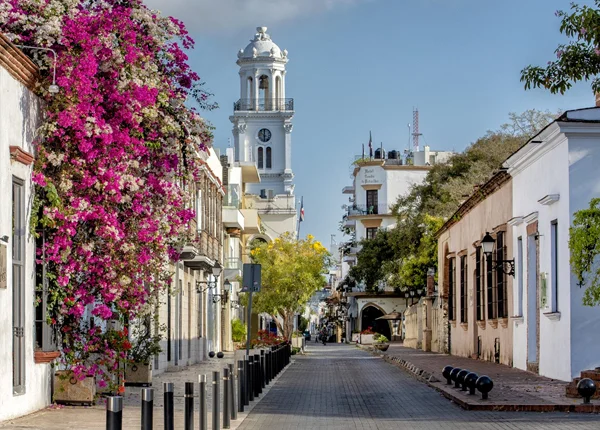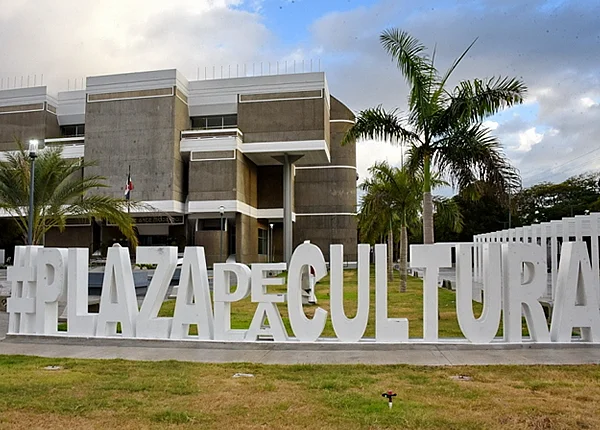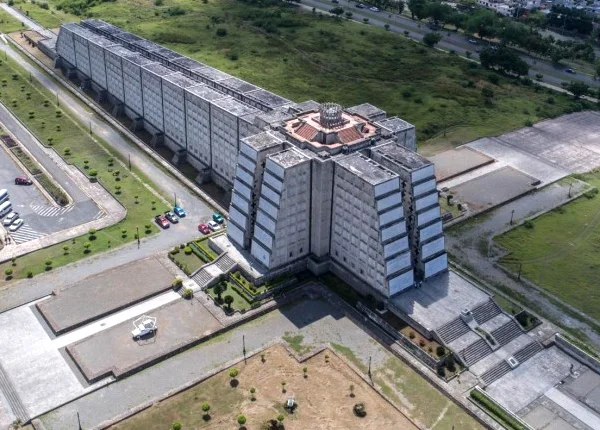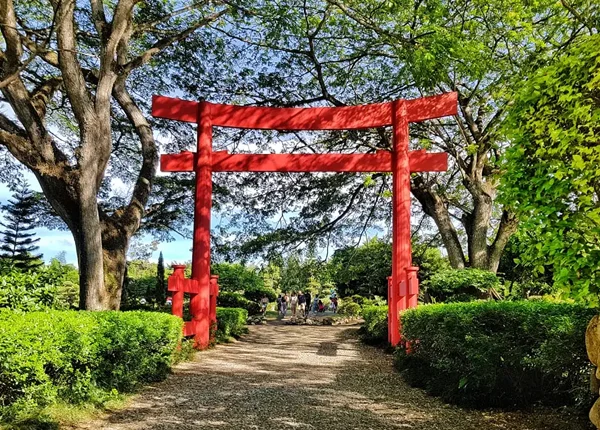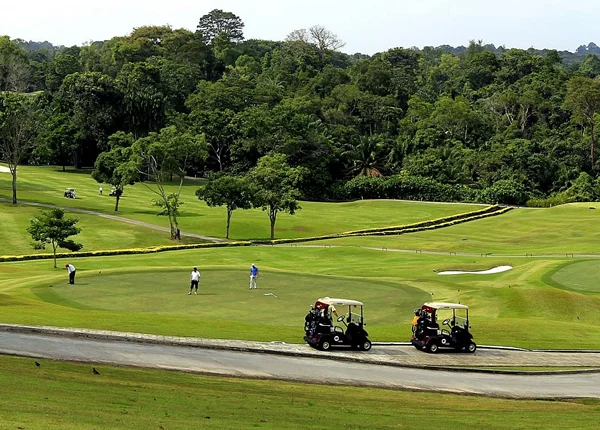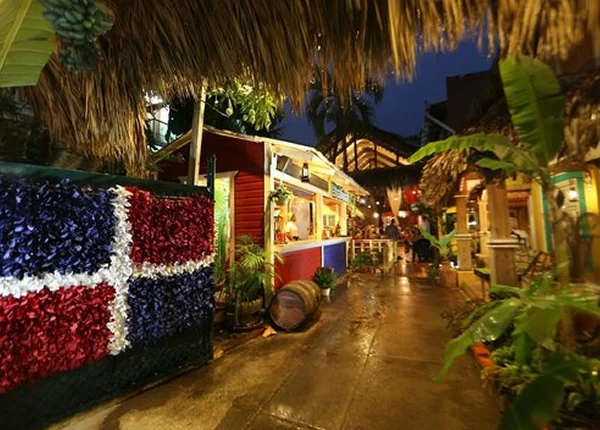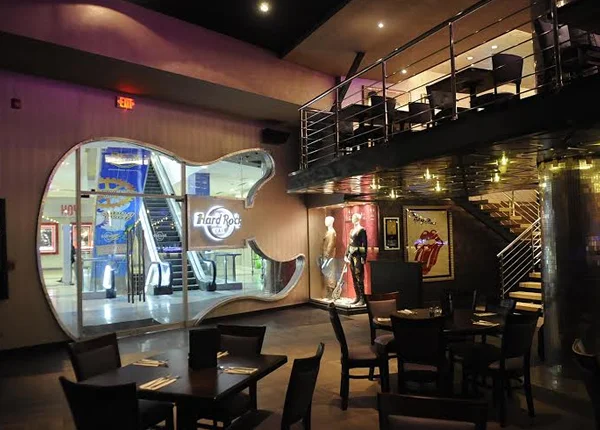Santo Domingo City
Nobody can visit the Dominican Republic without knowing its Magical, Historical, Romantic and first city founded in America.. Santo Domingo city, capital of Dominican Republic, the country’s largest city and chief seaport, coextensive with the National District. Located at the point where the Ozama River.
Flows into the Caribbean Sea, the city has a fine artificial harbor accessible to most commercial and passenger ships. It is connected by both ship and airlines with principal points in North and South America and is at the hub of a network of modern roads. Santo Domingo is a tourist, economic, and administrative center. It is the site of factories manufacturing processed foods, alcoholic beverages, metal products, chemicals, cement, and textiles and serves as a distribution outlet for the sugarcane, beef and cattle, and other products of the surrounding region.
Points of interest include the Cathedral of Santa Mariá la Menor (built 1514–20), believed to contain the remains of Christopher Columbus; the palace (built 1510; a museum since 1957) of Diego Columbus (in Spanish Diego Colón; c. 1480–1526), son of Christopher Columbus and a viceroy of the island (1511–26); 16th-century churches, such as San Nicolás and San Francisco; and the fortified walls of the original Spanish town.
Educational institutions include the Autonomous University of Santo Domingo (1538), said to be the oldest university in the Americas, and Pedro Henríquez Ureña National University (1966). Cultural institutions include the National Gallery of Art (1943); the Museum of Dominican Man (formerly the National Museum, 1973), known for its pre-Columbian collection; the Museum of Modern Art (1976); the National Library (1971); and various public, private, and university libraries. Founded in 1496 by Bartholomew Columbus (1445?–1514?), brother of Christopher Columbus, the city is the oldest European settlement extant in the New World. In 1930 it was heavily damaged by a hurricane but was subsequently rebuilt.
In 1936 it was renamed Ciudad Trujillo for the Dominican President Rafael Leonidas Trujillo Molina. It became Santo Domingo again in 1961 after the assassination of Trujillo and the subsequent fall of his regime. In 1965 the city was the scene of an uprising against the country’s ruling government. Pop. (1993, greater city) 2,193,046.
No other city in the Caribbean has a greater variety of restaurants and night life. There are so many restaurants in this city that it is practically impossible even for those who live here to have visited them all. And it’s a city that never sleeps. A great place to meet people. A lot of young single executives who come here to work end up leaving (if they leave) married to a Dominican.
Santo Domingo has great shopping. Major chains from all around the world have opened branches here and more will be opening soon. Discount stores offer great prices on designer brands, the leading shops offer clearance sales several times a year and there are many designer shops for more exclusive wear.
Santo Domingo is the most bustling and diverse city in the Caribbean. It has a population of over three million inhabitants within the city and the Province of Santo Domingo and sprawls out over 250 square kilometers.

